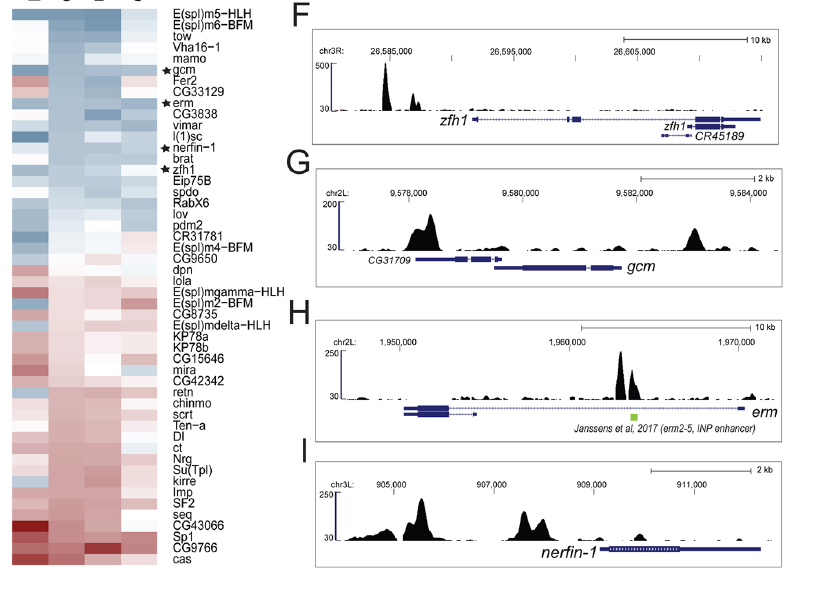In a series of (numerous) well-designed and carefully executed experiments they show that, contrary to conventional thinking, NFkB can actually function repressively, suppressing the expression of a great number of genes during the inflammatory response. More importantly the authors provide insights on mechanistic aspects of this process by demonstrating that NFkB is frequently associated to non-canonical binding sites via pre-existing chromatin loops. Upon activation by TNF, NFkB thus exploits already established enhancer-promoter chromosomal interactions to either directly activate or indirectly suppress (probably through JDP2 recruitment) gene expression within 30 minutes after induction. Among the key findings of this work is the fact that association with its canonical binding sites leads (as expected) to activation but binding to non-canonical sites leads to repression (see Figure below, adapted from Kolovos et al.)
Other important aspects of this work are dealing with the fact that both activation and repression appears to be clustered in specific areas of the genome (TADs), with repression showing a greater tendency to be concentrated (a feature our lab has also observed in similar contexts).
Read the full paper here.

 RSS Feed
RSS Feed
